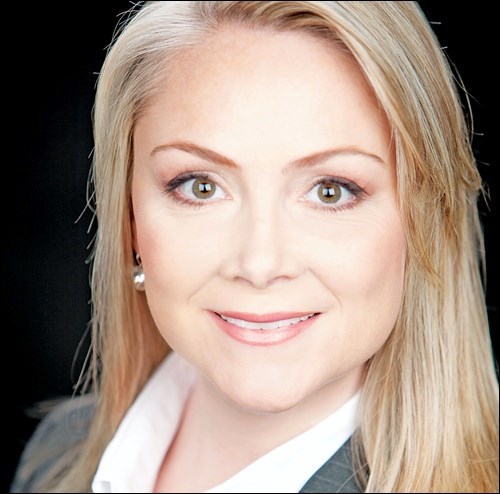Novice investors looking for better returns than low-interest savings account have an embarrassment of riches when it comes to investment choices – ETFs, mutual funds, stocks, and bonds. But where do you begin? Here are a few tips for beginners on building a portfolio.
Where to start very much depends on your current investment knowledge and your tolerance for risk.
The choice of investment products truly is overwhelming in sheer numbers and complexity. The Fund Library currently tracks 35,779 mutual funds and clones. Of these, about half – 16,579 – are distinct mutual funds. All funds are categorized into various types of equity, bond, income, balanced, international funds, and so on by the Canadian Investment Funds Standards Committee. Then, there are also well over 500 exchange-traded funds traded on the TSX.
Many novice investors start with a “passive” or “index” approach to investing. For investors with smaller account sizes (e.g., less than $250,000), this is the preferred way to go. Especially for those who do not have a lot of investing knowledge and are not quite ready to become day traders.
The concept is really pretty simple. The strategy is to build a diversified, low-maintenance portfolio designed to deliver the same returns as the overall stock and bond markets, minus very small fees. The strategy makes most sense with exchange traded funds. ETFs are similar to index mutual funds in that they hold a basket of stocks or bonds and track a specific index. However, unlike mutual funds, ETFs are bought and sold on an exchange and typically have lower annual MERs than index mutual funds.
If you are a conservative investor, you might look to invest 65% of your portfolio in fixed income ETFs and 30% equities, keeping perhaps 5% in cash. If you use a balanced approach, you might use a split of 60% equities and 40% fixed income. And if you are a more aggressive investor, a mix of 70% equity and 30% fixed income might be suitable. Adjust the weightings to allow for some cash holdings.
You can build these portfolios yourself, of course, selecting appropriate ETFs through a discount brokerage account. The advent of so-called “robo-advisors,” or “online advisors,” a couple of years ago helps simplify the process by selecting a diversified portfolio of ETFs for you based on a fairly intensive questionnaire. Personal advice is usually available, but it’s limited – after all, the purpose of these advisors is to keep costs low. You get an online account, along with statements and limited communication. The rest is up to you. It’s a cost-effective way for smaller investors with limited investment knowledge to get started. And it helps you avoid the mistake of building a portfolio of randomly selected individual mutual funds, stocks, and ETFs.
If you have a higher net worth, and need professional help in assembling and maintaining a portfolio that better fits with your financial plan and meets your true risk-tolerance level, you should consult a qualified financial advisor.
Courtesy Fundata Canada Inc. © 2016. Robyn Thompson, CFP, CIM, FCSI, is president of Castlemark Wealth Management. This article is not intended as personalized advice.



